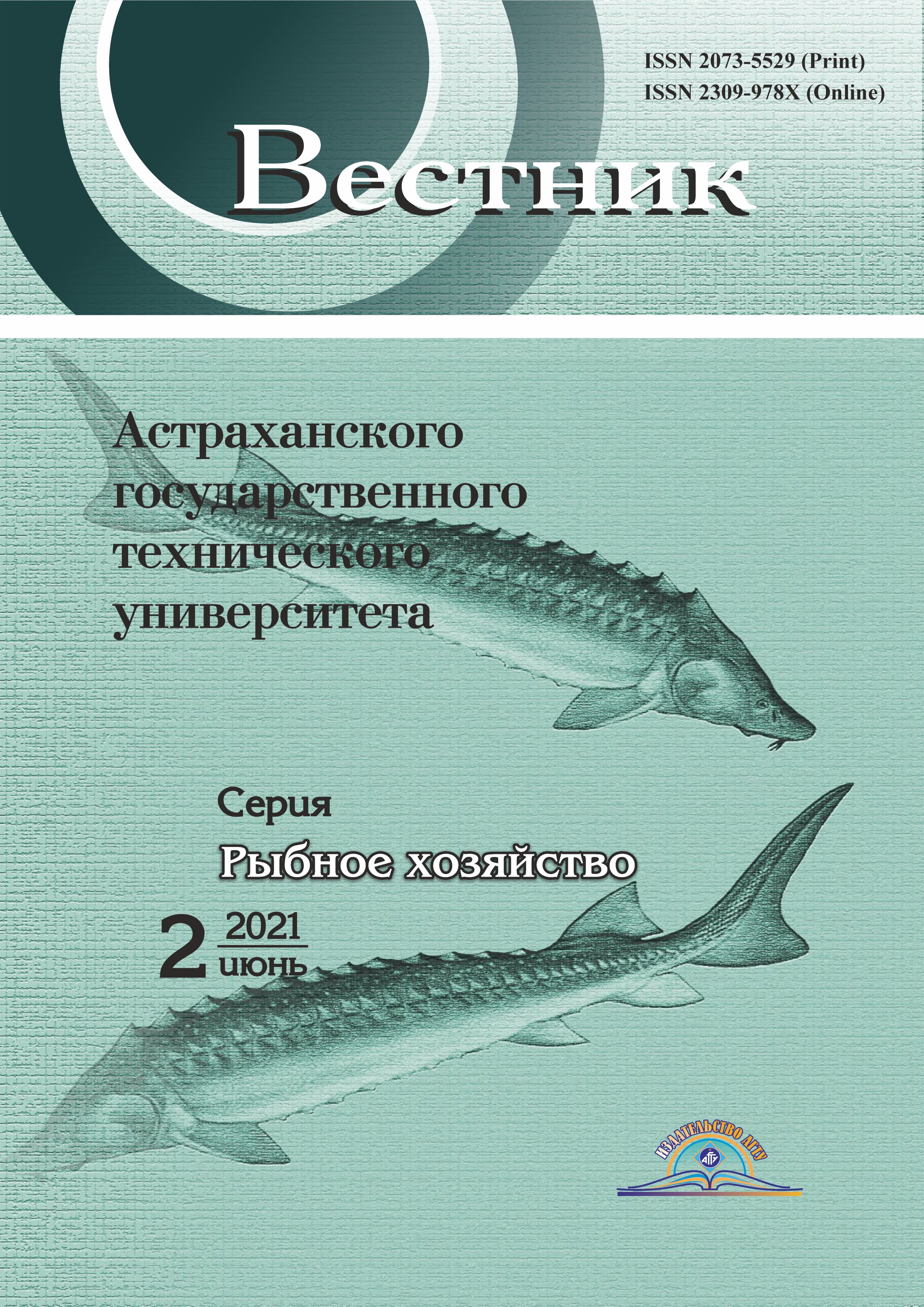Рассматриваются проблемы регулирования промыслового рыболовства в водоемах Казахстана. Из анализа данных рыболовства в крупных водоемах Республики Казахстан следует, что наряду с естественными изменениями состояния рыбных запасов (например, при понижении уровня воды в водоеме) наибольшее влияние на состояние рыбных запасов оказывает интенсивность промысла. В настоящее время существовавший ранее ограничитель в виде режима лова (количество орудий лова и количество рыбаков) полностью выпал из-под контроля механизмов промысла. Улов рыбы орудиями лова, доступными рыбакам, по некоторым данным, в 1,5–2 раза больше установленных лимитов. Таким образом, возможный улов рыбы значительно превышает зарегистрированный (официальный) улов. Предлагается использовать регулирование режима рыболовства (количество орудий лова, рыболовных судов, рыбаков) как меру, определяющую пределы безопасного усилия и ограничивающую неучтенный вылов на водоемах. Количество рыбаков на водоеме должно не только соответствовать критериям безопасного промысла, но и позволять рыболовным организациям вести рентабельный промысел. Приведен расчет максимально допустимых значений показателей эффективности лова (граничных ориентиров промыслового усилия).
рыболовство, промысел, интенсивность, водные объекты, нормы промысловых усилий, официальный улов, орудия лова
1. Code of Conduct for Responsible Fisheries. Special Edition. Rome, FAO, 2011. Available at: http://www.fao.org/3/i1900e/i1900e00.htm (accessed: 12.03.2021).
2. Aquaculture development. 4. Ecosystem approach to aquaculture. FAO Technical Guidelines for Responsible Fisheries, 2010, no. 5, suppl. 4, 53 p.
3. Agnew D. J., Pearce J., Pramod G., Peatman T., Watson R., Beddington J. R., Pitcher T. J. Estimating the Worldwide Extent of Illegal Fishing. PloS ONE, 2009, no. 4 (2), e4570.
4. Arnason R. Minimum Information Management in Fisheries. Canadian Journal of Economics, 1990, no. 23 (3), pp. 630-653.
5. Brooks N. H., Koh R. Selective withdrawal from density-stratified reservoir. J. Hydraul. Div. Am. Soc. Div. Eng., 1969, iss. 95 (HY 4), p. 1369.
6. Cochrane K. L. A fishery manager’s guidebook. Management measures and their application. FAO Fisheries Technical Paper, 2002, no. 424, 231 p.
7. Evans D. O., Waring R. Changes in the multispecies, winter angling fishery of Lake Simcoe, Ontario, 1961-83: Invasion bu rainbow smelt, Osmerus mordax, and the role of intra- and interspecific interactions. San. J. Fish. Aquat. Sci., 1987, vol. 44, suppl. 2, pp. 182-197.
8. Fowler Ch. W. Management of multi-species fisheries: from overfishing to sustainability. ICES Journal of Mar. Sci., 1999, no. 56, pp. 927-932.
9. Gabriel W. L., Sissenwine M. P., Overholtz W. J. Analysis of spawning stock biomass per recruit: an example for Georges Bank haddock. North American Journal of Fisheries Management, 1989, no. 9, pp. 383-391.
10. Jackson J. B. C. Historical overfishing and the recent collapse of coastal ecosystems. Science, 2001, iss. 293, pp. 1589-1591.
11. Penha J., Lemes Landeiro V., Ortega J. C. G., Mateus L. Interchange between flooding and drying, and spatial connectivity control the fish metacommunity structure in lakes of the Pantanal wetland. Hydrobiologia, 2017, iss. 797 (1), pp. 115.
12. Kura Y., Revenga C., Hoshino E., Mock G. Fishing for Answers: Making Sense of the Global Fish Crisis. Washington (DC), World Resources Institute, 2004. 140 p.
13. Mau R. M., Beddington J. R., Clark C. W. et al. Management of multispecies fisheries. Science, 1979, vol. 205 (4403), pp. 267-277.
14. Murawski S. Definitions of overfishing from an ecosystems perspective. ICES Journal of Marine Science, 2000, iss. 57, pp. 649-658.
15. Overfishing. National Geographic, 2010, 2010.04.27. Available at: https://www.nationalgeographic.com/environment/article/critical-issues-overfishing (accessed: 12.03.2021).
16. Funge-Smith S. The economic value of inland fisheries. Rewiew of the state of the world fishery resources: inland fisheries. FAO Fisheries and Aquaqulture Circular. Rome, FAO, 2018. FIPS/C942, rev. 3 (En). 397 p.
17. Welcomme R. Rewiew of the state of the world fishery resources: inland fisheries. FAO Fisheries and Aquaqulture Circular. Rome, FAO, 2011. FIRF/C942, rev. 2 (En). 378 p.
18. Kulikov E. V., Isbekov K. B., Asylbekova S. Zh. Upravlenie rybnymi resursami v vodoemakh Kazakhstana: kurs na sobliudenie mezhdunarodnykh printsipov otvetstvennogo rybolovstva [Management of fish resources in water bodies of Kazakhstan: course towards compliance with international principles of responsible fisheries]. Rybnoe khoziaistvo, 2017, no. 1, pp. 37-44.
19. Stock assessment for fishery management. A framework guide to the stock assessment tools of the Fisheries Management Science Programme. FAO Fisheries Technical Paper, 2006, no. 487, 263 p.
20. Pravdin I. F. Rukovodstvo po izucheniiu ryb [Fish study guide]. Moscow, Pishchevaia promyshlennost' Publ., 1966. 376 p.
















